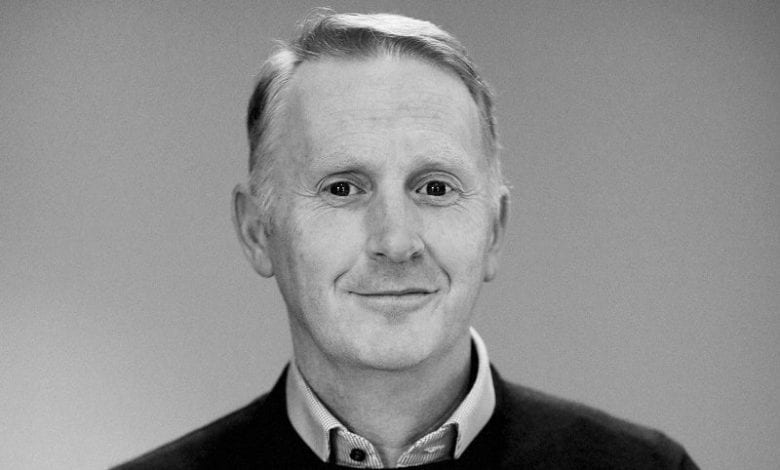How can you ‘cater’ for the health and wellbeing of your staff

The catering sector is synonymous with long and unsociable hours. How can employers ensure the health and wellbeing of their teams are catered for?

Join 14,000 hospitality professionals with a membership
Get unlimited access and stay in the know. First-year special offer pricing. Cancel any time.
You have read 2/2 free articles this month.

How many members should have access to the subscription?
Monthly
Yearly
Save £9.89
No, thanks
I already have an account

The catering sector is synonymous with long and unsociable hours. How can employers ensure the health and wellbeing of their teams are catered for?